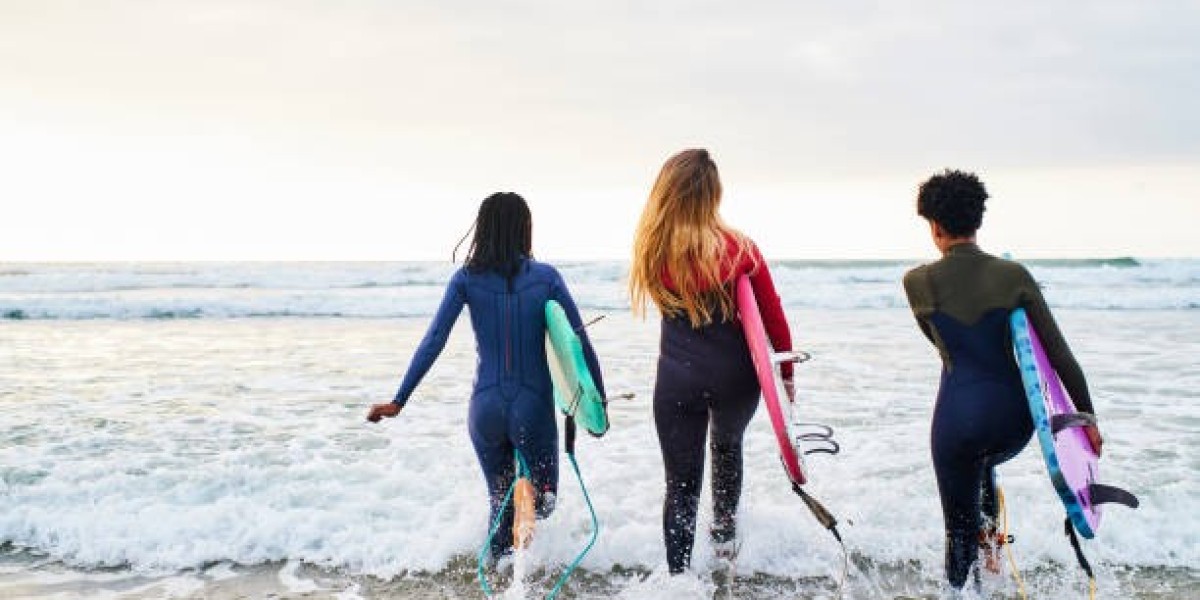Historically, men's surf wear has dominated the market, driven by the early association of surfing with male athletes and the beach culture that emerged in the mid-20th century. However, in recent years, there has been a noticeable shift. The women's segment is experiencing rapid growth, outpacing that of men’s surf wear in many regions. According to market research, the global women's surf wear market is projected to grow at a compound annual growth rate (CAGR) higher than that of the men's segment, driven by an increasing number of female surfers and the rising demand for fashionable, functional sportswear.
Several factors contribute to this trend. First, there is an increasing emphasis on gender equality in sports, with more women being encouraged to participate in surfing. This has led to a surge in demand for high-quality, performance-oriented surf wear tailored specifically for women. Additionally, the athleisure trend, which blends athletic wear with leisurewear, has seen significant uptake among women, further driving the demand for stylish yet functional surf attire.
Moreover, the rise of social media and influencer culture has had a pronounced impact on the women's surf wear market. Female surfers and influencers often showcase high-end surf wear on platforms like Instagram, driving visibility and desirability among consumers. This trend is less pronounced in the men's market, where functionality often trumps fashion.
High-end surf brands have recognized the potential of the women’s segment and are increasingly tailoring their marketing and product development strategies to attract female surfers. Brands like Roxy, Billabong, and Patagonia have expanded their women’s lines, introducing innovative designs that cater specifically to the female body. These brands have also adopted marketing strategies that emphasize empowerment, inclusivity, and sustainability—values that resonate strongly with female consumers.
In contrast, while the men’s surfwear segment remains robust, it is experiencing slower growth. Established brands such as Quiksilver and Rip Curl continue to dominate, but they face challenges in differentiating their products in a market that is becoming saturated. The emphasis on performance and durability remains strong, but these factors alone may not be sufficient to drive significant growth in the future.
While men’s surfing apparel has traditionally dominated the high-end market, the future is likely to see a significant shift towards women’s dominance. The growing participation of women in surfing, coupled with their demand for stylish, high-performance, and sustainable products, is driving rapid growth in the women’s surfwear segment. High-end brands that can successfully innovate and align with the values of female consumers are poised to capture a larger share of the market.
In contrast, the men’s segment, though still significant, faces challenges in maintaining its growth trajectory. The emphasis on performance and durability, while important, may not be enough to sustain long-term dominance in a market that is increasingly valuing aesthetics, personalization, and sustainability. Therefore, it is likely that high-end women’s surfing apparel will become the dominant force in the future market, setting new standards for innovation and consumer engagement in the surf industry.



